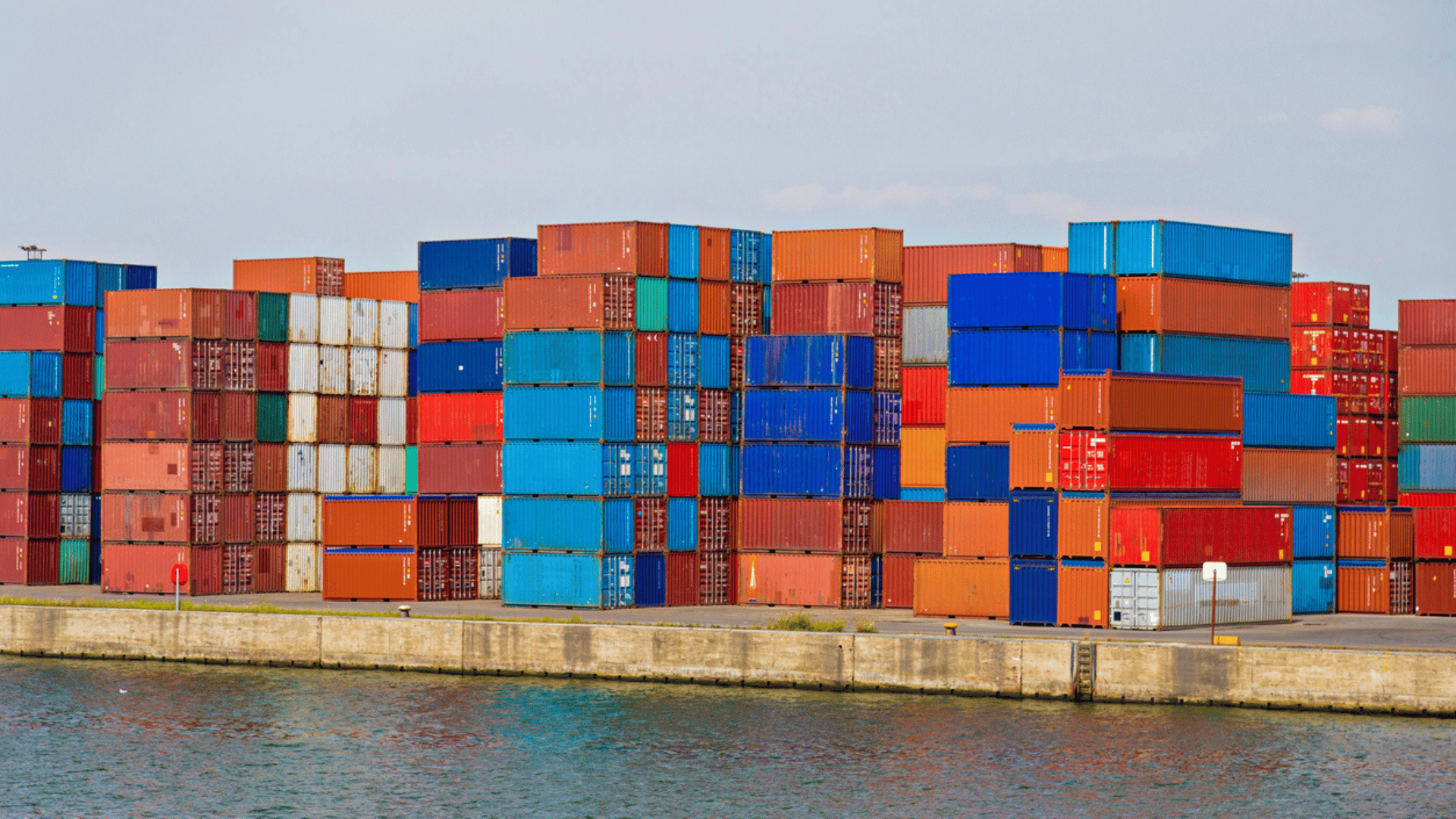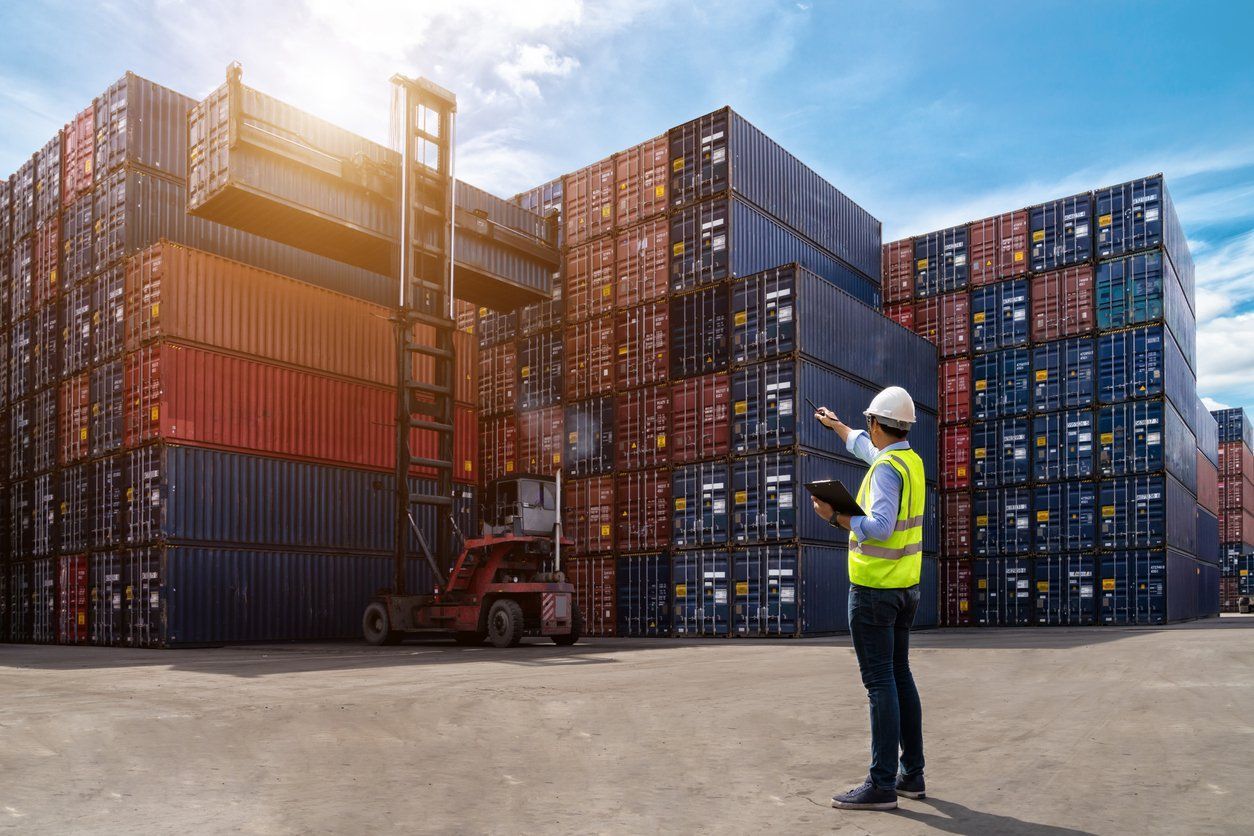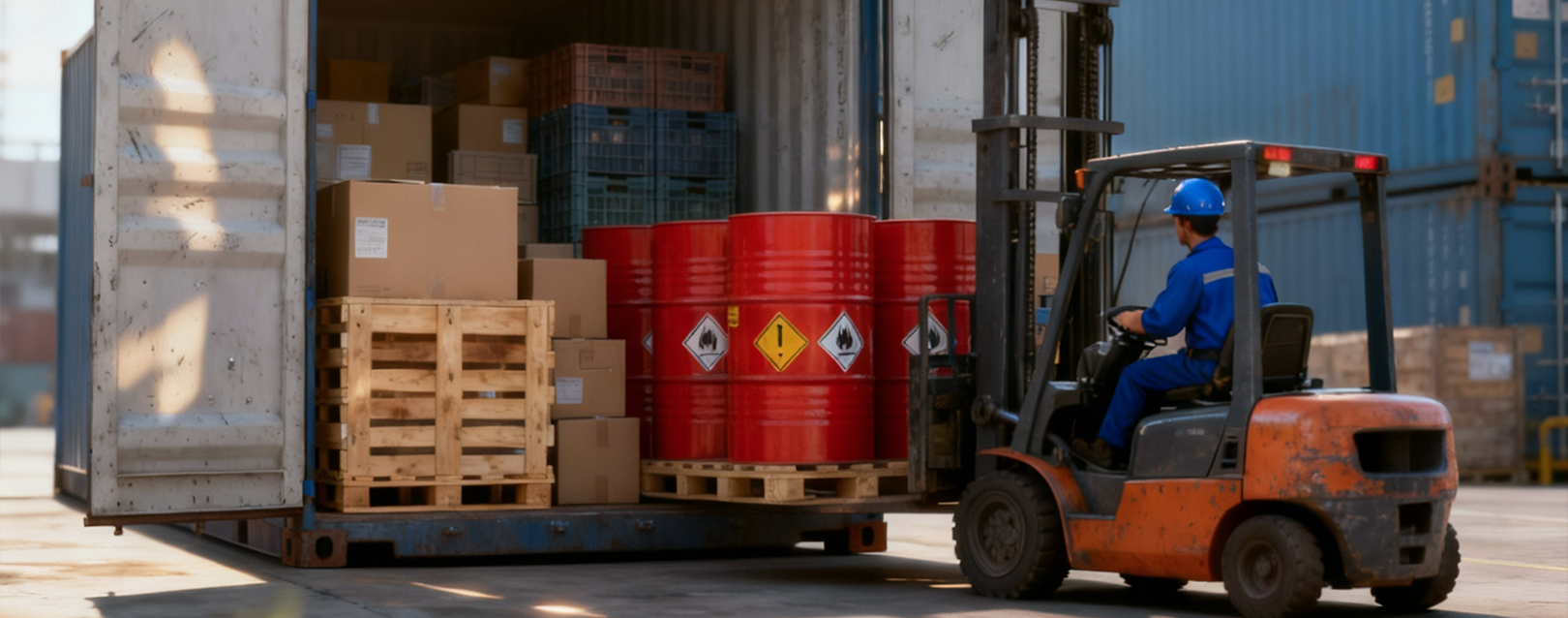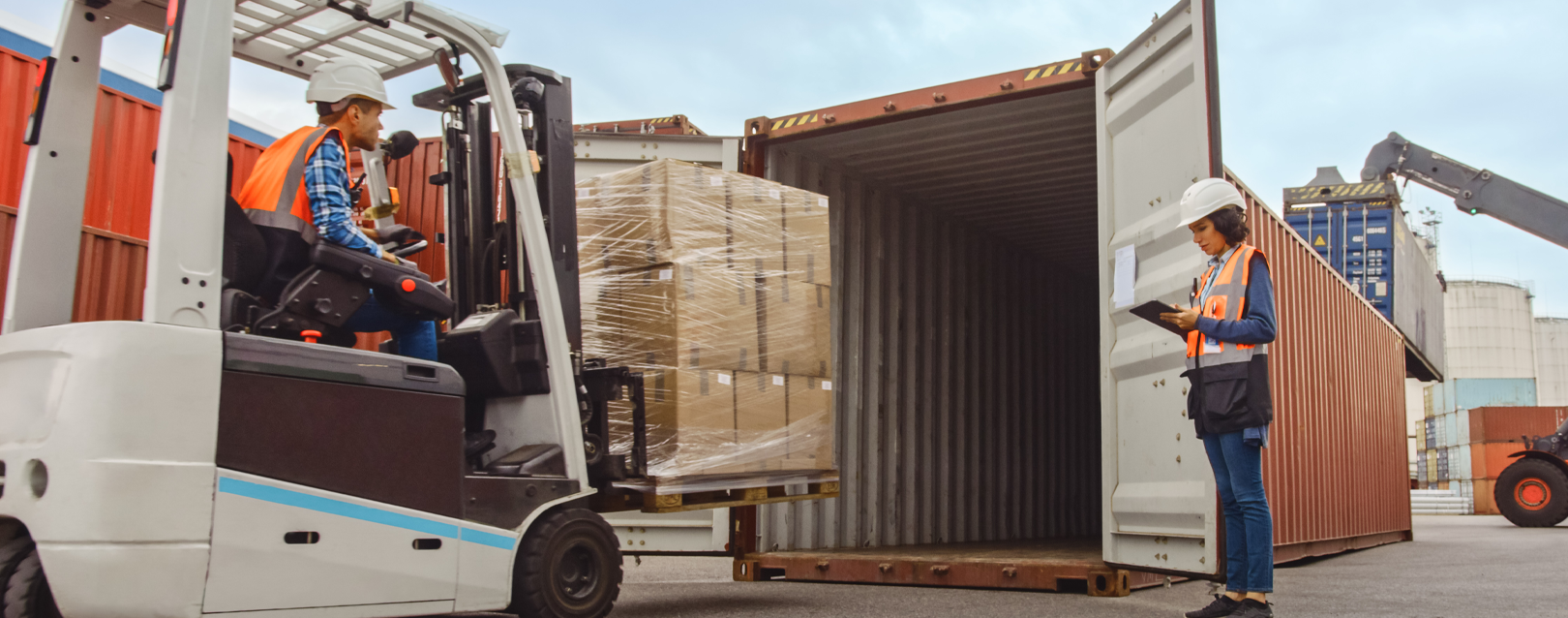
Making a product available for sale is preceded by several steps related to the logistics, strategy and finance aspects - which become even more important when it comes to Foreign Trade. This is because this dynamic includes knowing how to choose the best mode of transport for the purchase (import) and sale (export) operations of goods and services between companies and/or governments at a global level.
Therefore, the success of a Foreign Trade operation is based on the assumption of consistent and assertive strategic planning. In other words, knowledge and experience regarding times and movements (routes, transport options and Customs Legislation) will ensure that the process occurs as expected and is not compromised by bureaucracy. This way, above all, it is possible to foresee certain situations in order to minimize impacts.
Therefore, based on the premise that there are several steps between origin and destination, in order to better understand this, we will specifically address the part of the means of transport. In this sense, how is it possible to choose the best option according to the characteristics of the cargo and the needs of the company?
We would like to point out that although there are more modes of transport, only sea, air and road will be covered. These are the three main means of receiving goods from abroad.
Transport modes and the triple: Time, Safety and Cost
Every decision, in business terms, involves contrasting options in which a choice is made and, as a consequence, a renunciation occurs, and thus the concept of trade-off emerged in economics.
In other words, it means a “conflict of choice and a consequent relationship of compromise, because choosing one thing over another implies not enjoying the benefits of the thing that is not chosen”.
It is no different with international transport. Companies seek to choose the mode based on the trinomial Time, Safety (related to the risks involved in the operation) and Cost to balance the price formatting versus the agility in making the product available to the end customer.
In this way, the decision/selection process must be very well founded. After all, the decision-maker must be fully aware of the burdens and benefits of the choice and the potential for the business to be affected by this choice. Since the modes have very different characteristics, there is no possibility of one alone completely meeting all the requirements.
How to choose the best mode of transport?
The best way to choose is to perform a primary analysis of the merchandise in terms of location, characteristics, as well as the criteria of need and urgency set by the purchasing team.
For example:
XPTO Ltda. is a regular importer of computer keyboards. The origin of its product is Shanghai in China and the destination is Itajaí in Santa Catarina. The gross weight would be 4500 kg and the cubic capacity would be 10 m³. This is a recurring purchase for stock maintenance.
So, by analyzing the example above we can deduce that:
- The cargo would be classified as general and not dangerous;
- The possibility of road shipment is eliminated due to geographical issues;
- FCL (Full Container Load) shipment is not viable.
- This last finding is made because the cubic capacity of the cargo is too small to pay for freight for a 20-foot container and use only part of the space.
The remaining options for choosing the mode of transport would be air and LCL (Less than a Container Load) sea.
Well, let's remember that this is a purchase to maintain inventory. We know that air freight and some of its expenses (such as fuel and security) are also charged per kg. Therefore, the freight cost would be very high, directly affecting the price formation for the consumer.
Therefore, in the presented hypothesis, we conclude that the most appropriate option would be LCL sea shipping, as it represents the best cost-benefit.
Eliminate unusable options
Since the transportation modes have completely different characteristics, they also have some restrictive aspects for shipping, such as certain dangerous cargo that is prohibited by air but can be shipped by sea.
With this, using the criteria presented to choose the mode, it will be possible to ask elimination questions that allow an assertive choice.
The fact is that time and experience teach the Foreign Trade professional to “look at” and know the shipping possibilities and how to present them to customers, adding value to the operation and gaining loyalty due to the good level of service provided.
Determine what is most important between Time, Safety and Cost
When an analysis is performed with quantities that have different metrics, it is necessary to have a convergence point for data to be generated. This way, it will be possible to infer a historical series and, thus, make a decision to choose the best mode of transport.
The criteria Time, Safety and Cost allow this type of analysis to be performed, because the shorter the transit time of the cargo, the greater its cost and safety; the longer the time, the lower the cost and safety, etc. It is worth noting that safety is the ability to maintain the integrity of the cargo during the operation, between origin and destination.
Compare at least 2 modes of transport
To better understand the advantages and disadvantages of choosing each mode of transport, we present a comparison between air, sea and road modes.
Air
Advantages:
- Travels greater distances in less time;
- Lower packaging costs;
- Less likelihood of congestion at airports.
Disadvantages:
- Restrictions on shipping of goods;
- Cost per kg makes shipping more expensive.
Maritime
Advantages:
- Lower freight costs;
- Load capacity;
- Less restrictions on shipping goods.
Disadvantages:
- Transit time is usually long;
- Greater likelihood of port congestion.
Rodoviário
Advantages:
- Service throughout the country;
- Less bureaucracy with documents.
Disadvantages:
- Greater risk due to road conditions and robberies and/or thefts;
- High operating costs, such as maintenance, fuel and tolls.
Present more options within the transport mode
The freight forwarder also has the expertise to work with the importer or exporter to find the best option for choosing the mode of transport. For example, shipping part of the cargo by air to meet demand and the rest by LCL. Or carrying out a sea-air (multimodal) shipment in which the first leg is by sea and the second leg is by air (or vice versa). This is the result of the knowledge and experience needed to use the modes effectively to the best of what each of them can offer.
DMake the disadvantages clear
In short, decision-making is a choice, the result of the process of analyzing the options presented, so that the best option is found. In other words, the one that is aligned with the organizational objectives.
Therefore, it is necessary to consider the differences, making their impact clear, since they are directly linked to strategic planning. Therefore, a difference and/or misalignment may lead to the need to replan, which will result in lost opportunities and financial losses.
Get a quote for a wide range of transport options with Allink
Success in foreign trade is directly linked to the excellent service provided by the partners chosen to carry out activities that are outside the company's focus.
Allink is an experienced company with qualified professionals who have above-average analytical capacity to analyze your operation and, thus, present the best options for transporting your cargo, so that you can choose the best mode of transport for your operation.
Count on all of Allink's expertise to carry out the most diverse modes of transport for your cargo.
Continue a navegar no blog da Allink
Mantenha-se informado sobre o comércio exterior
Assine nossa newsletter e receba atualizações semanais de forma gratuita sobre o mundo da logística.





